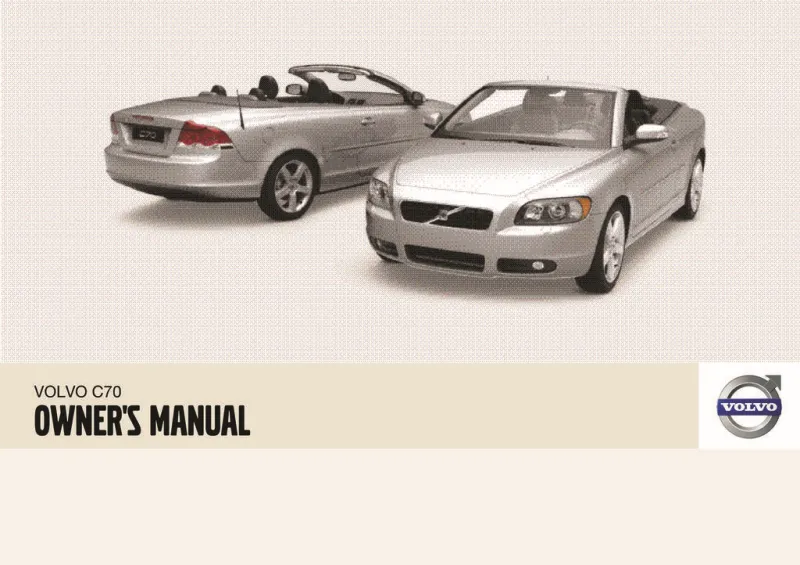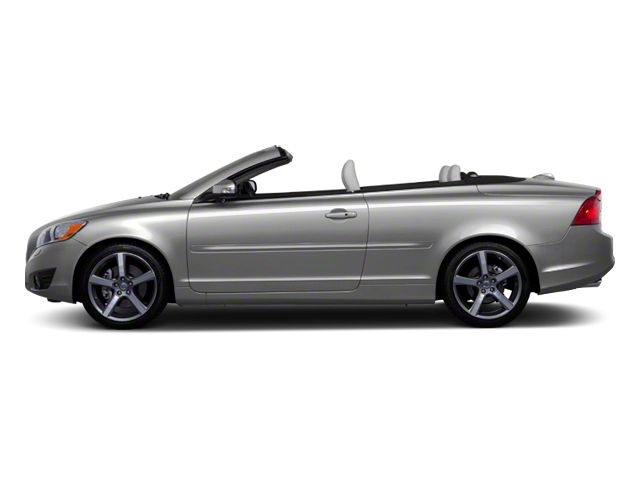2009 Volvo C70 Owner's Manual

Table of Contents
2009 Volvo C70 Overview
Introduction
The 2009 Volvo C70 embodies the perfect fusion of luxury, performance, and practicality in a convertible. Renowned for its sleek Scandinavian design, the C70 offers a refined driving experience that caters to those who appreciate both style and sophistication. With a retractable hardtop that transforms the car into a stylish coupe or an open-air roadster, the C70 is versatile for various driving scenarios, making it an ideal choice for enthusiasts and casual drivers alike.
Powertrains
The 2009 Volvo C70 is powered by a robust 2.5-liter turbocharged inline-5 engine that delivers a dynamic 227 horsepower and 236 lb-ft of torque. The engine is paired with a 5-speed automatic transmission, which provides smooth and responsive gear shifts. With the front-wheel-drive configuration, the C70 offers commendable handling and stability, enhancing the overall driving pleasure. This powertrain is designed to elevate your driving experience with impressive acceleration while maintaining fuel efficiency.
Trims
Features
The C70 boasts an array of premium features to enhance both comfort and convenience. Standard equipment includes heated front seats, a premium audio system, and an intuitive navigation system, allowing you to enjoy a seamless driving experience. Additionally, it features advanced safety technologies, such as side-impact airbags, whiplash protection, and a rigid safety cell designed to protect occupants in the event of a collision, underscoring Volvo's commitment to safety.
Owner's Manual
The owner's manual for the 2009 Volvo C70 is an essential resource for new owners, providing detailed information about vehicle operation, maintenance schedules, and troubleshooting tips. It guides users through the various features and settings, ensuring that they can fully enjoy their driving experience and keep their vehicle in optimal condition. From basic functions to advanced technologies, the manual serves as a comprehensive guide to maximizing the C70's capabilities.
User manual download
The Volvo C70 owner manual for the 2009 model year is to be found in PDF downloadable format on this page. The owner manual for the model year 2009 is free and in English, but the repair manuals are usually not easy to get and may cost more.
Manual Questions
Fill the form below and someone will help you!

